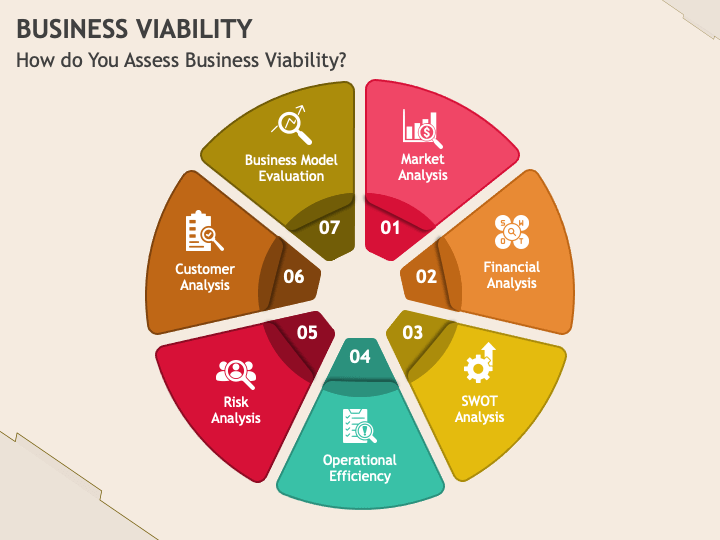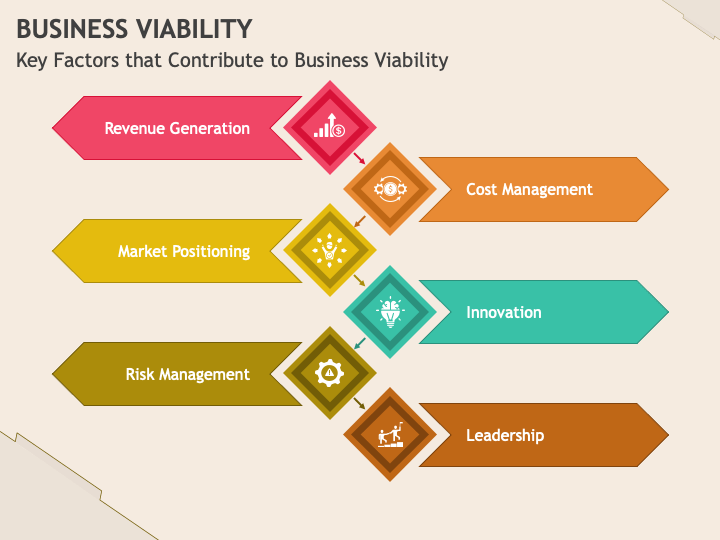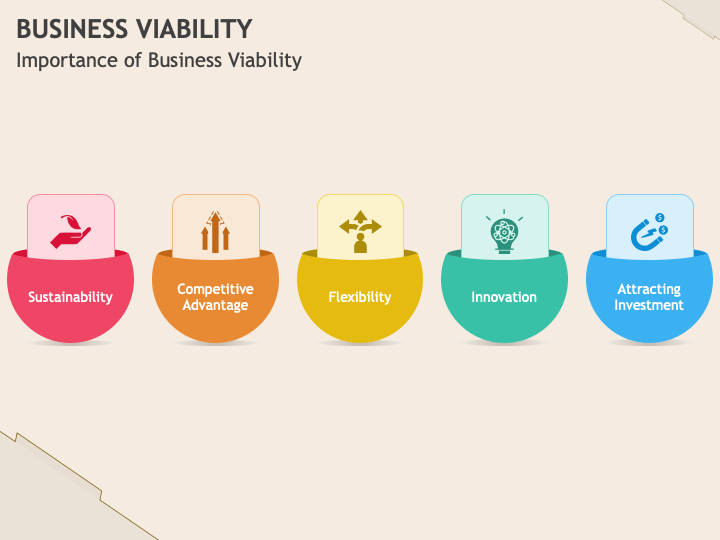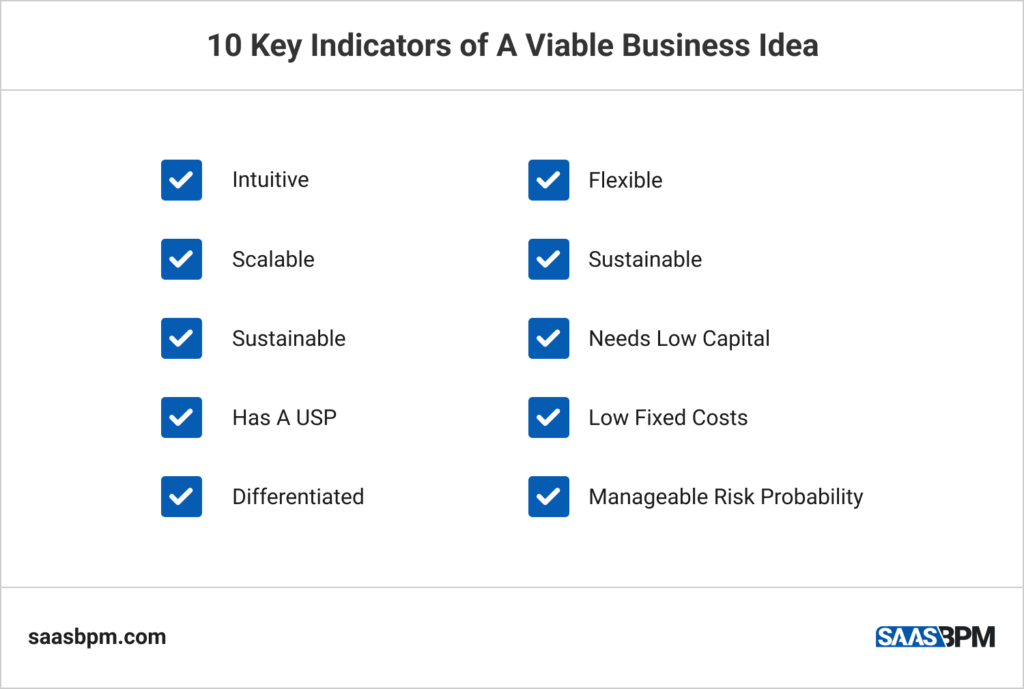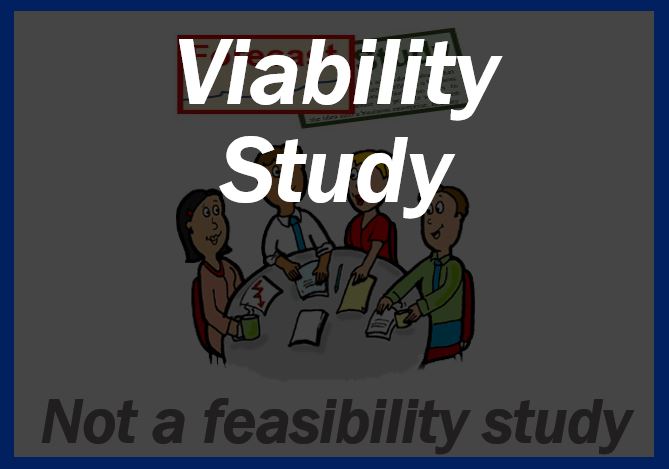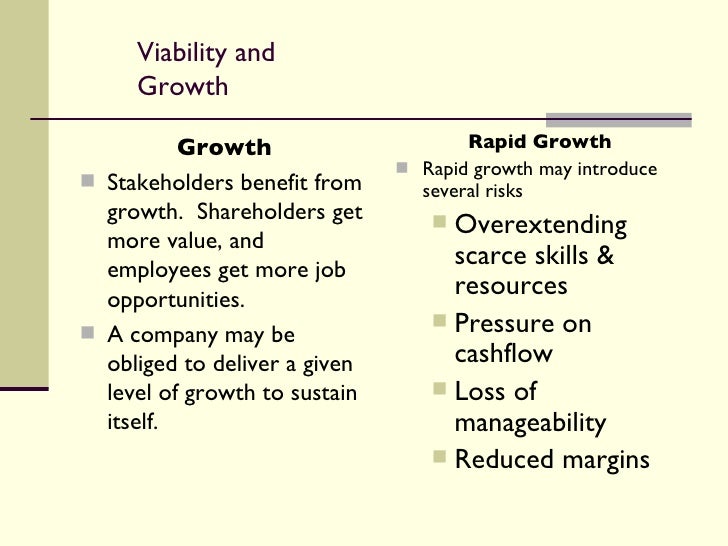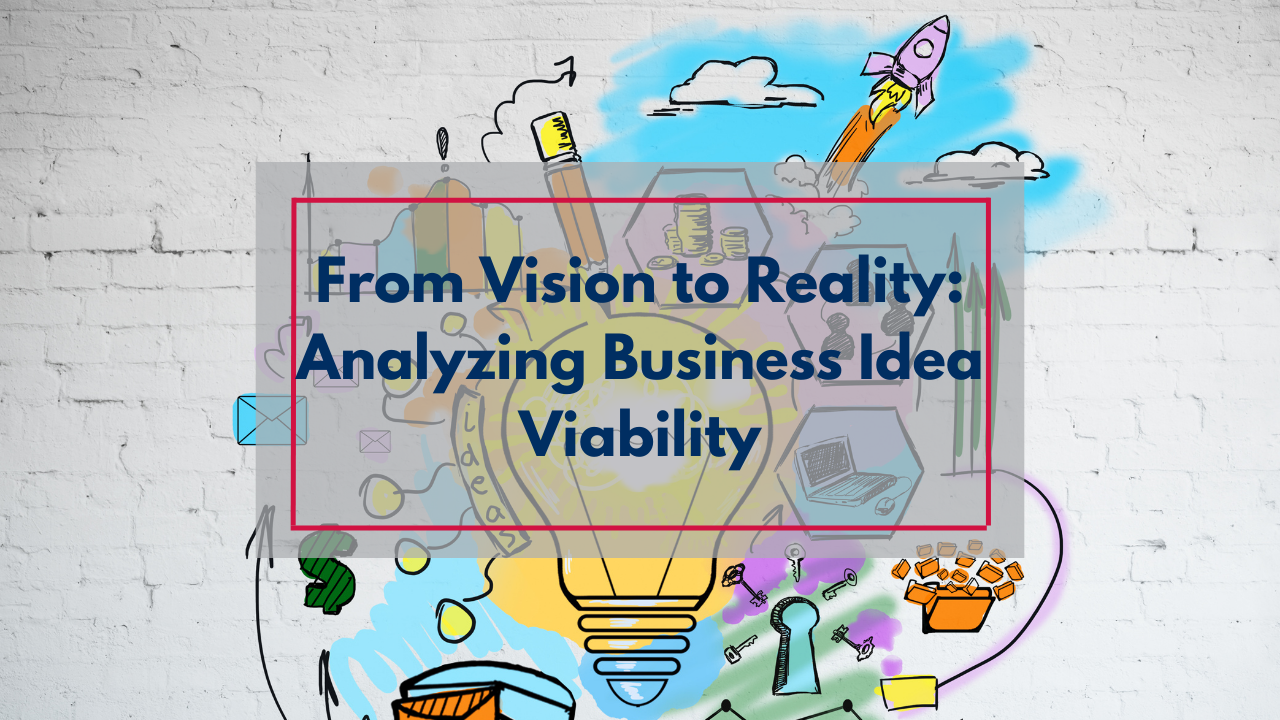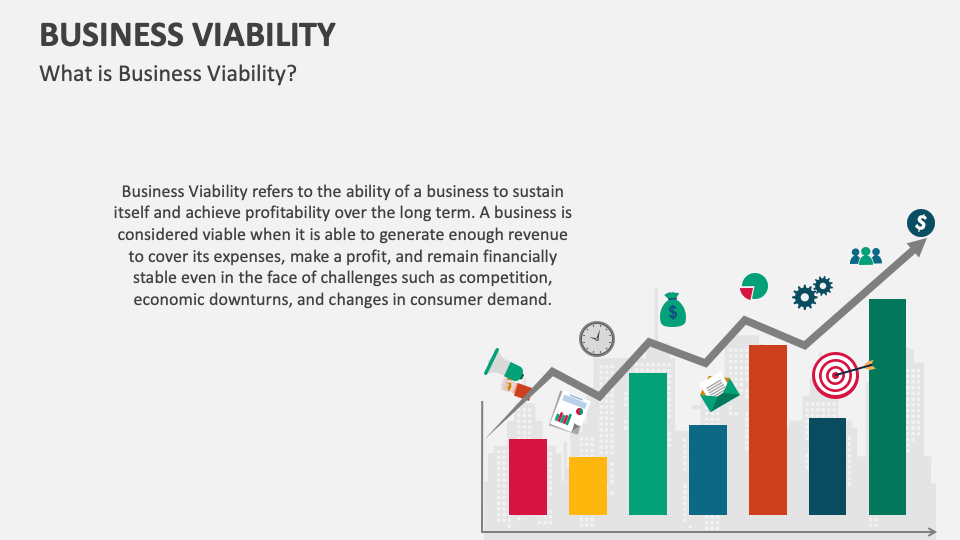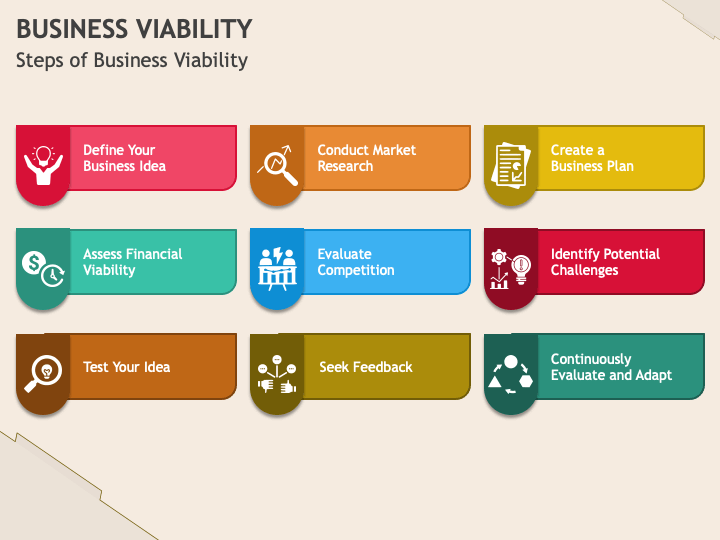How To Determine Viability Of A Business
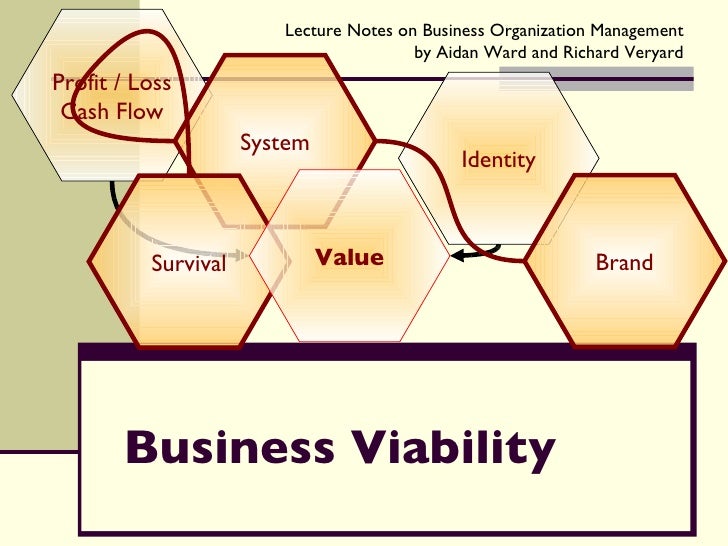
Launching a business is a high-stakes gamble. But before you invest time and money, assess its viability to avoid costly mistakes.
Determining if a business will succeed requires rigorous analysis. This process involves market research, financial forecasting, and operational planning. This article provides a crash course on evaluating your business idea.
Market Analysis: Know Your Battlefield
Market research is your first line of defense.
Identify your target audience. Understand their needs, preferences, and buying habits.
Use surveys, focus groups, and online analytics to gather data. Competitor analysis is equally crucial.
Who are your competitors? What are their strengths and weaknesses?
How will you differentiate your business to stand out in a crowded market? According to the Small Business Administration (SBA), lack of market understanding is a primary reason for business failure.
Demand Assessment
Estimate the potential demand for your product or service.
Is there a real need in the market? Is that need growing or shrinking?
Use market sizing techniques to quantify your potential customer base. Be realistic; avoid overly optimistic projections. Growth projections should be data-driven.
Financial Forecasting: Follow The Money
A solid financial plan is the backbone of any successful business.
Project your startup costs, operating expenses, and revenue streams. Develop a profit and loss (P&L) statement.
Estimate your cash flow. Determine your break-even point – the point at which your revenue equals your expenses. According to a study by Intuit, 82% of business failures are due to cash flow problems.
Funding & Investment
How will you finance your business?
Do you need a loan, investors, or will you bootstrap it? Create a detailed budget and track your expenses closely. Secure funding before launching, not after problems arise.
Operational Planning: Blueprint For Success
An operational plan outlines how your business will function daily.
Consider your location, equipment, and staffing needs. What are your key processes?
Who will be responsible for what? Efficiency is key to profitability.
Scalability & Resources
Can your business scale as demand grows? Do you have the resources to handle increased orders or customer inquiries?
Identify potential bottlenecks and develop strategies to overcome them. Don't over-extend your resources at the outset.
Risk Assessment: Brace For Impact
Identify potential risks to your business. This could include economic downturns, changes in consumer preferences, or increased competition.
Develop mitigation strategies to address these risks. Contingency plans are essential.
Consider insurance to protect your business from unforeseen events.
The Verdict: Is It A Go or No-Go?
After completing your analysis, weigh the pros and cons. Is the potential reward worth the risk? Be honest with yourself.
Don't let passion cloud your judgment. If the numbers don't add up, it may be best to re-evaluate your business idea. Consider pivoting if necessary.
Next steps involve refining your business plan based on this viability assessment. Seek advice from experienced entrepreneurs or business consultants. Regularly monitor your key performance indicators (KPIs) and adjust your strategy as needed.


